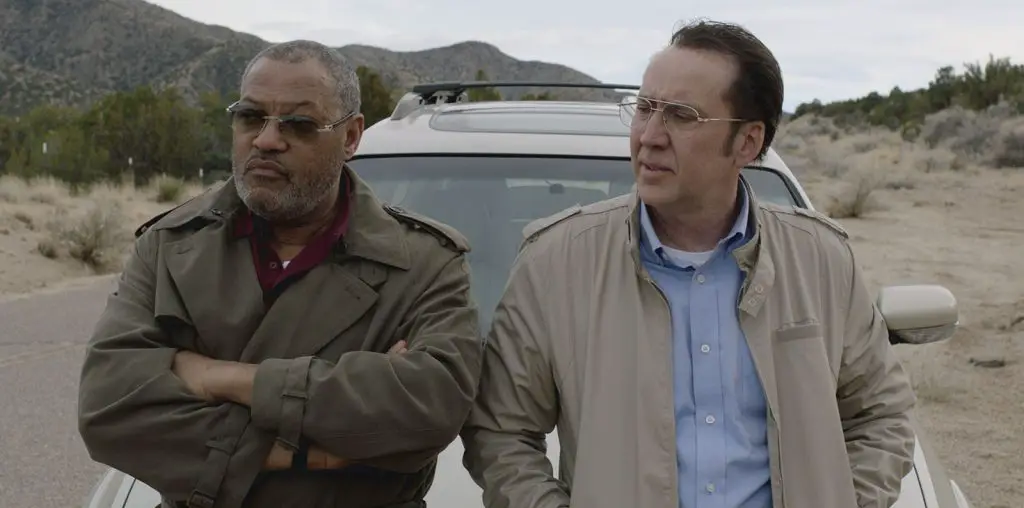
It might not make sense at first, but it’s about time the dark, seedy underworld of the detective noir was transferred to high school. Rian Johnson’s stylish “Brick” places all the elements of the classic film noir, from the femme fatale to the no-nonsense authority figure (the vice principal, of course) in a cinematic portrait of disenchanted wise guys who have to borrow their parents’ car to execute their complex plans. With brilliant dialogue out of the 1940s and graceful visuals that add depth to the dark comedy, Johnson debuts with a smart, self-assured feature that portrays adolescence like no other film has.
Joseph Gordon-Leavitt plays the film’s hardened, shutoff hero, who has been eating lunch in the back of the school for the past three months when the film opens, after its initial shot of Brendan at the opening of a tunnel near a dead girl’s body. He’s shut himself off from the world since his girlfriend, Emily (Emilie DeRavin), broke up with him to explore the social scene, allying herself with the rich, seemingly sweet cheerleader Kara (Meagan Good) first, then a group of stoned slackers. Emily contacts Brendan via locker notes and a pay phone to ask for help, but doesn’t explain what’s wrong. This leads him on a journey through the high school’s underbelly, with locales like the drug-addled kids’ hang out at the school’s garbage dump and a rich kid’s “Halloween in January” party. Soon he finds Emily dead, as seen in the opening shot, and delves even deeper into the horrible truth as the clues point to a drug lord with an eagle fetish and a cane known as The Pin (Lucaas Haas).
Johnson has obviously done his homework, and wonderfully recreates the hard-boiled dialogue perfected by the writers like Dashiell Hammett and Raymond Chandler. Placed in an appropriately convoluted, but traceable, mystery full of death-defying fist fights, jaded, fast-talking teens engage in witty repartee including nonsensical slang, oblique references, phrases like “drama vamp” and questions such as, “Still picking your teeth with freshman?” Johnson also understands all the character types, from out of control muscles of The Pin’s operation to Brendan’s right-hand man The Brain (Matt O’Leary). While “Bugsy Malone’s” use of children as gangsters was more related to equating the gangster behavior with that of a child, “Brick” amplifies the difficulty teens face by giving them more eloquent voices and a more dramatic, more violent plot.
In opposition to the romantic soap operas that often depict teens as carefree and/or love obsessed, “Brick” elevates the age group to the level of disillusioned outsiders, sinister schemers, unapologetic criminals and shell-shocked football players. The only parent shown—and for less than a minute—turns out to be the only character with a sunny disposition, representing a disconnect from the realties of the high school universe. While this could have easily become an annoying gimmick, Johnson gives his characters real emotions despite the inherent irony of his stylistic achievement.
